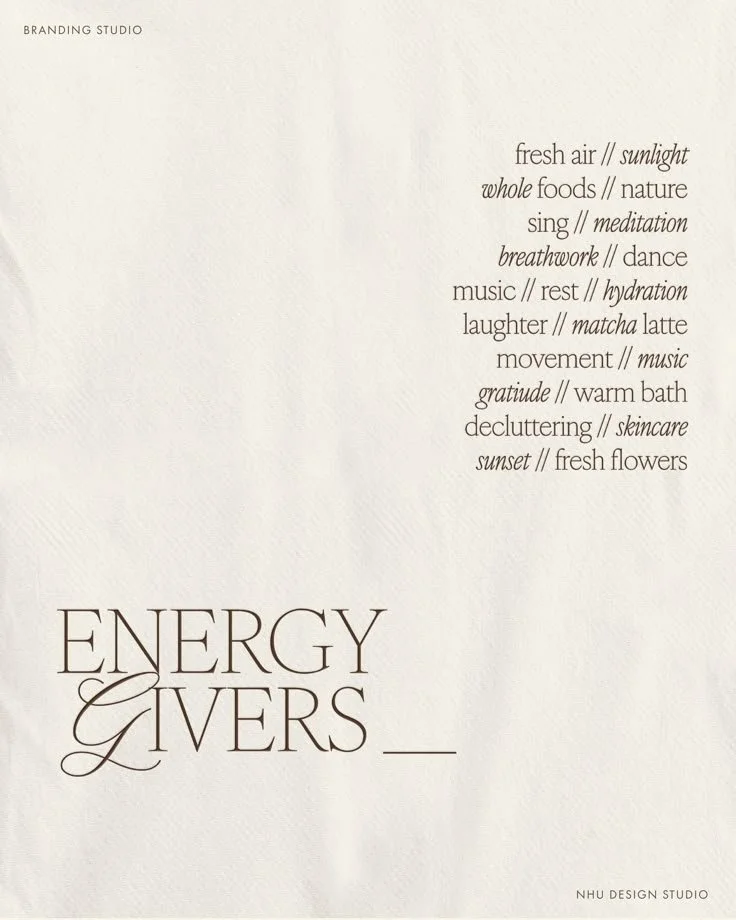Living in a clutter-free environment does more than just improve aesthetics—it fosters a sense of calm, boosts productivity, and contributes to overall well-being. However, the journey to a clean and organized space can be overwhelming, especially when dealing with bulky items or years of accumulated belongings. This is where professional junk removal services come into play.
By offering efficient, safe, and environmentally responsible solutions, these experts simplify the decluttering process and help homeowners reclaim their spaces. Whether you're preparing for a move, renovating, or simply trying to create a more functional living area, hiring a professional junk removal team can be a game-changer. In this article, discover how professional junk removal services can revolutionize your home and enhance your quality of life.
No. 1
Investing in Expertise: How Professional Services Optimize Junk Disposal
One of the most significant advantages of hiring a professional junk removal service is the level of expertise they bring to the table. These companies specialize in the efficient removal and disposal of all types of items—regardless of size, shape, or material. Their trained teams handle everything with care and respect, understanding that some possessions may hold sentimental value.
Professionals are also equipped with the right tools and vehicles to carry out the job safely and quickly. This eliminates the risk of injury or property damage that can occur during DIY attempts.
For example, clients who opt for expert junk removal in Kirkland benefit from a streamlined process that includes sorting, hauling, and responsible disposal. These teams often adhere to eco-friendly practices, ensuring that items are recycled or donated when possible. This ethical approach adds intangible value to the service, offering peace of mind that your unwanted items are being handled responsibly.
No. 2
Enhancing Home Safety and Health With Professional Junk Removal
Clutter isn’t just visually unappealing—it can also pose serious health and safety risks. Accumulated junk can harbor dust, mold, and pests, which may trigger allergies or respiratory issues. Professional junk removal services help mitigate these risks by thoroughly clearing out potential hazards from your home.
In addition, a cluttered environment can limit mobility and reduce usable living space. This restriction can lead to increased stress and even contribute to a sedentary lifestyle. By removing unnecessary items, you create more room to move freely, encouraging a more active and healthier way of living.
When it comes to heavy or hazardous materials, attempting to move them without proper training can result in injuries. Professional junk removal teams follow strict safety protocols to ensure that everyone involved remains safe throughout the process.
No. 3
Professional Junk Removal Versus DIY Decluttering Efforts
While DIY decluttering may seem like a cost-effective option, it often becomes a time-consuming and physically demanding task—especially when dealing with large or numerous items. Professional junk removal services offer the manpower, experience, and logistical know-how to handle projects of any scale efficiently.
Unlike DIY efforts, which can lead to improper disposal and multiple trips to donation centers or recycling facilities, professional services streamline the entire process. They have established systems for sorting, recycling, and donating items, ensuring that waste is minimized and environmental impact is reduced.
Another major benefit is convenience. A single appointment with a junk removal company can eliminate the need for multiple errands, saving valuable time and energy. This is especially advantageous for individuals with busy schedules or limited mobility.
The Container Store
Your ultimate destination for innovative storage and organization solutions for home or office—offering everything from stylish bins and shelves to custom closet systems.
No. 4
The Impact of Professional Junk Hauling on Property Value and Aesthetics
A clean, clutter-free home is not only more enjoyable to live in—it also significantly boosts property value. Homes that appear well-maintained and spacious are more attractive to potential buyers and can command higher prices on the market.
Professional junk removal services play a vital role in enhancing a property’s visual appeal, both indoors and out. They can assist in clearing basements, attics, garages, and even outdoor areas, removing yard waste and unwanted items, improving the home’s curb appeal, and making outdoor spaces more enjoyable for leisure activities.
This transformation makes outdoor spaces more functional and enjoyable, whether for entertaining guests or simply relaxing. For homeowners preparing to sell, investing in professional junk removal can be a strategic move to make the property more marketable.
Takeaways
The benefits of professional junk removal services extend far beyond just tidying up a space. From improving mental clarity and physical health to enhancing property value and ensuring safety, the advantages are both practical and profound.
By entrusting the task to experienced professionals, homeowners can enjoy a seamless, stress-free decluttering process that prioritizes efficiency, safety, and environmental responsibility. Whether you're looking to reclaim your space, boost your home’s appeal, or simply make daily life more manageable, professional junk removal is a smart and worthwhile investment.
For those seeking reliable junk removal in Kirkland or similar services in their area, partnering with a trusted team can be the first step toward a cleaner, healthier, and more harmonious living environment.
Looking for Home resources?
Looking to enhance your living space and create a sanctuary that supports your well-being? Explore our home partners who offer a wide range of resources to elevate your home environment.





































































































































































